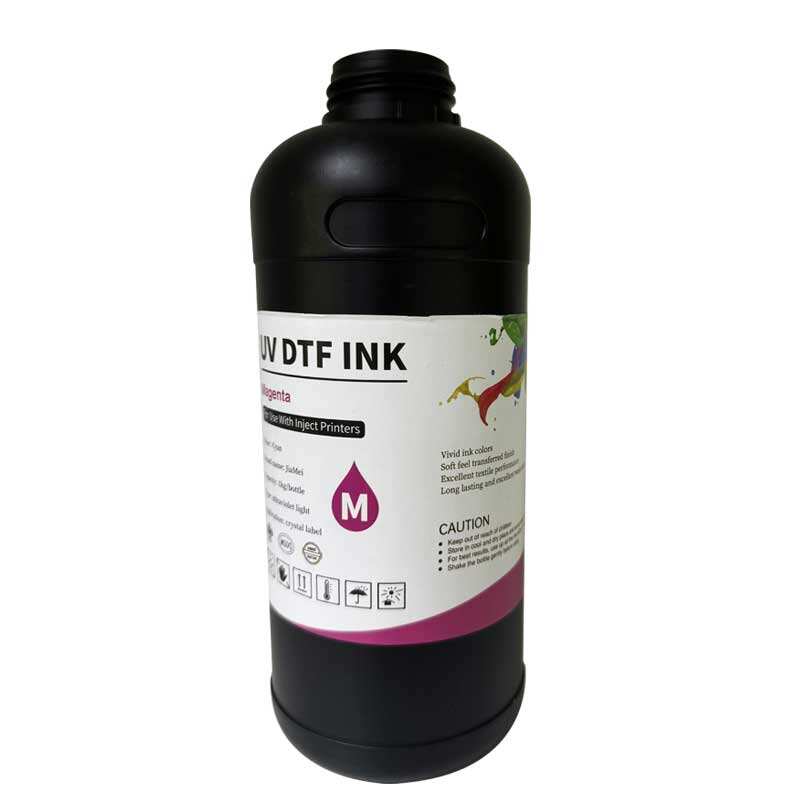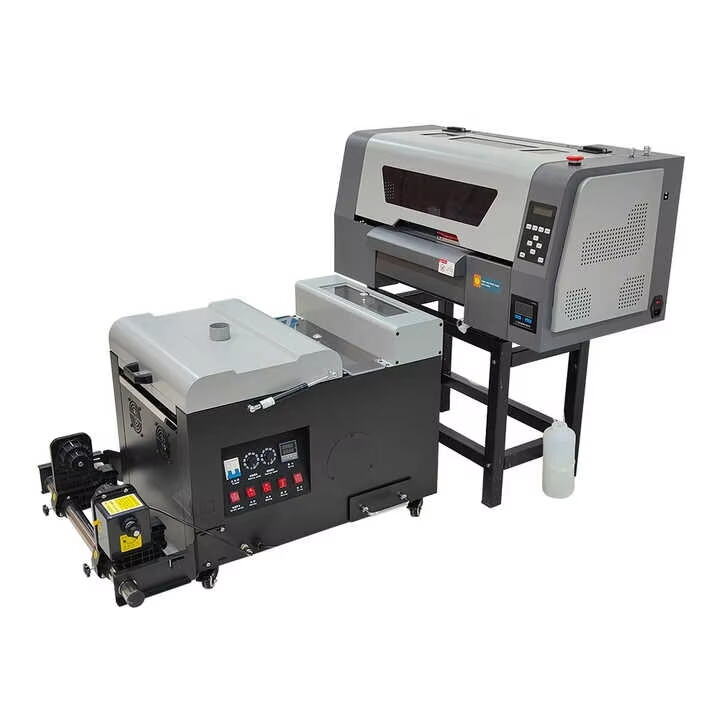vacuum exposure unit screen printing
A vacuum exposure unit for screen printing represents a sophisticated piece of equipment essential in the modern printing industry. This technology combines precision lighting with vacuum pressure to create high-quality screen stencils for printing applications. The unit features a powerful UV light source positioned above a vacuum-sealed glass surface, where the screen and artwork are placed. When activated, the vacuum system removes all air between the artwork and the screen, ensuring perfect contact and eliminating any potential light undercutting during exposure. This results in sharp, precise image transfers and fine detail reproduction. The unit's advanced timing controls allow for precise exposure settings, while the vacuum pressure maintains consistent contact throughout the entire process. These units come in various sizes to accommodate different screen dimensions and typically include features such as digital timers, pressure gauges, and specialized UV bulbs designed for optimal exposure results. The technology proves particularly valuable in applications requiring high precision, such as printed circuit boards, textile printing, graphic arts, and industrial marking. Modern vacuum exposure units often incorporate LED technology for enhanced energy efficiency and longer operational life, while also providing more consistent light output compared to traditional metal halide systems. This combination of features ensures reliable, repeatable results essential for professional screen printing operations.


